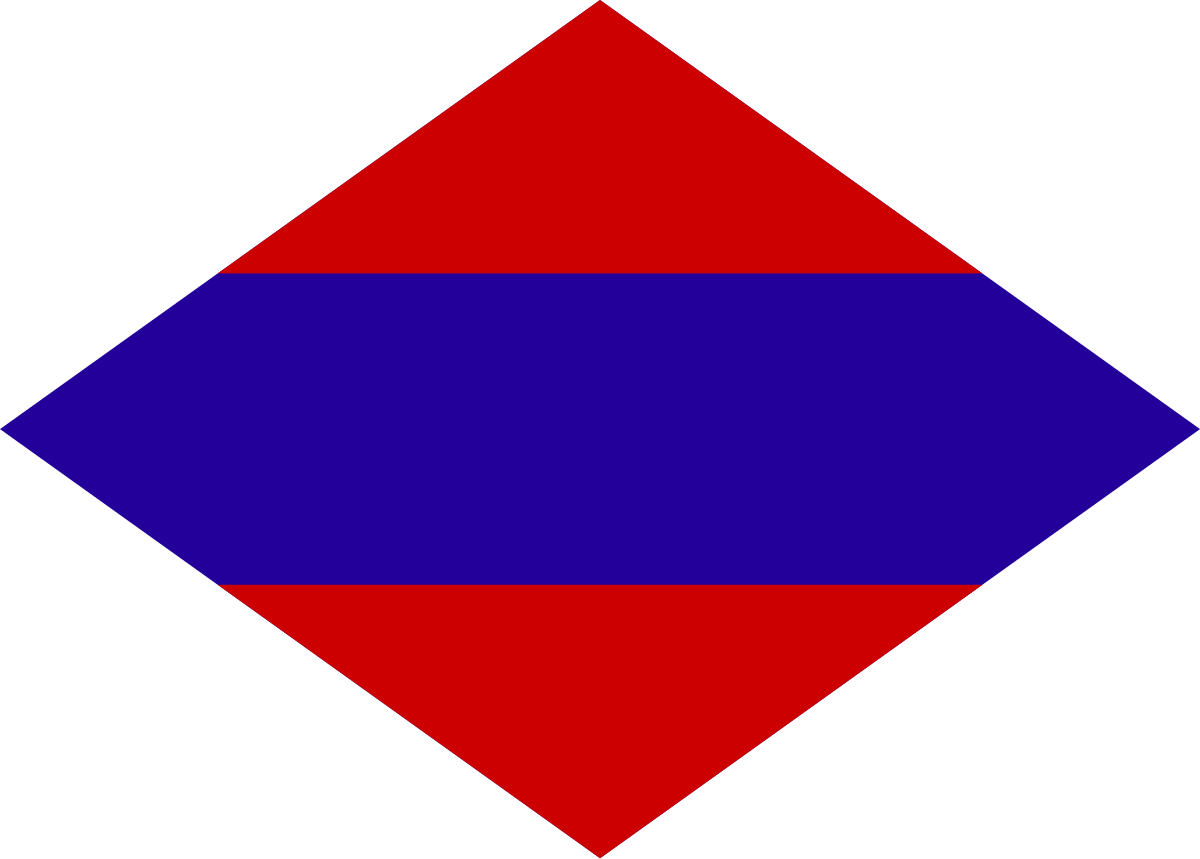I would aim to provide a Canadian Division (minus).
Build the Division with all the enablers but plan on only having one or two brigades that are supplied by Canada with the ability to incorporate 2 or 3 allied brigades from smaller, less rich countries that are able to put up manpower instead.
So Divisional Arty, Divisional Air Defence, Divisional Heli Support, Divisional Engineers, Divsional Transport, Divisional C4ISR, Divisional Medical at the expense infantry and armoured slots.
Maybe even design the Battle Groups as the spines to which allied companies, or even battalions could attach to create Groups or Brigades.
That model would also work for attaching independent companies from the Canadian Reserves.
I would categorically disagree.
I think one needs to devise several strategies depending on location and threat level (as well as National Level of Commitment)
For signifiant Peer/Near Peer Conventional High Intensity Conflicts I would recommend building Bde's that can be attached to capable allied nations Divisional forces(UK or US).
Canada is missing (and has made ever effort to avoid) certain necessary enablers for formations, or enough of certain items it does have to operate in a Near Peer High Intensity conflict (I'm American, and would argue we don't have a Military Peer therefor I will call things either Near Peer, or Sub Peer, as well as High, Mid, and Low Intensity conflicts.
My experience in dealing with other nations armed forces is basically the only folks you can truly trust to do the job and watch your back are the ABCA countries.
So for that either XVIII Abn Corps - for a Light Brigade (or BattleGroup etc), or III, V etc Corps from the US Army.
Personally I think Canada would get a lot more bang for the buck with XVIII Airborne - as that is our QRF that goes out the door first - until heavier forces can show up. The Lack of C-17's held by the RCAF would be a limiter, and the Medium CMBG's wouldn't be deployable like the SBCT's in XVIII.
Given the Canadian Army force structure - the easy way to do that is assign the LIB's to a Light Bde - with Light type support (M777 for Arty etc).
The LAV's would be then in 2 Medium Bde (one could be a Medium with Tank) - that would be assigned to Armored or SBCT based Div's.
For Sub Peer "High Intensity" conflicts - Canada could contribute either a Bde HQ and some units to be made up with other coalition countries, or a Div HQ and a Bde towards the Div.




